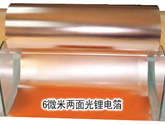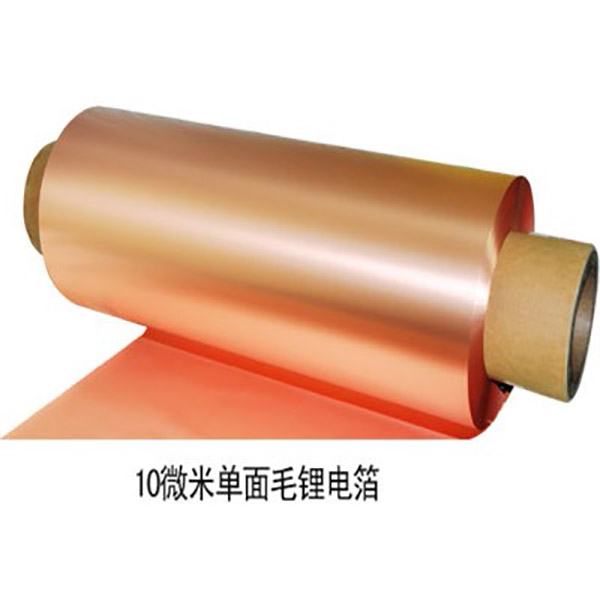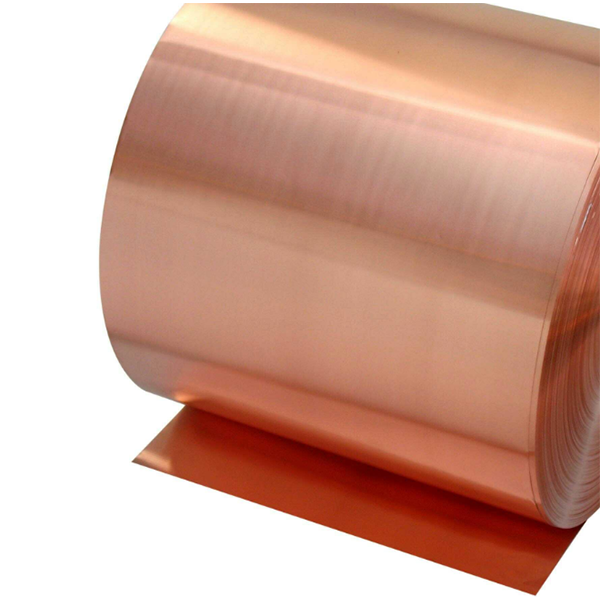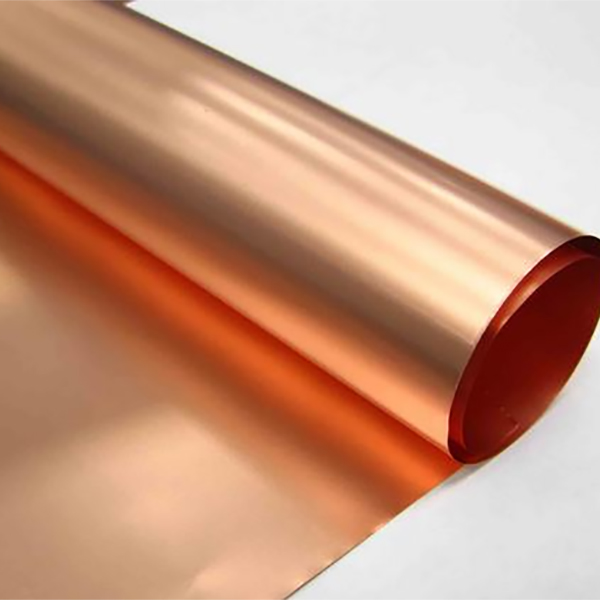Beijing chooses the price of ultra-thin copper foil
The commonly used reinforcement materials of copper clad laminate are alkali free (alkali metal oxide content shall not exceed 0.5%) glass fiber products (such as glass cloth, glass felt) or paper (such as wood pulp paper, bleached wood pulp paper, cotton wool paper). Therefore, laminates can be divided into glass cloth base and paper base.
Beijing chooses the price of ultra-thin copper foil
If the rough surface and pinholes appear at the same time when there are stains on the rough surface, it indicates that the stains are caused by the dirty electrolyte, and the dirt is attached to the copper foil in the electrolytic cell. If there are stains on the rough surface, the copper foil is not rough and there are no pinholes, it means that the workshop production environment is dirty, the air contains dust, or other suspended impurities fall on the surface of the copper foil.
Beijing chooses the price of ultra-thin copper foil
In order to improve the adhesion strength of copper foil to the substrate, Generally, oxidation (that is, after oxidation treatment, a layer of copper oxide or cuprous oxide is generated on the surface, which improves the bonding strength of the copper foil and the substrate due to the polarity) or roughening copper foil (using electrochemical methods to generate a layer of roughening layer on the surface of the copper foil, which increases the surface area of the copper foil, and improves the bonding strength of the copper foil and the substrate due to the anchoring effect of the roughening layer on the substrate) is used.
Beijing chooses the price of ultra-thin copper foil
The foil of the clad plate can be copper, nickel, aluminum and other metal foils. However, considering such factors as the conductivity, solderability, elongation, adhesion to the substrate and price of gold, it is considered appropriate except for special purposes.
Beijing chooses the price of ultra-thin copper foil
During the production of copper foil, tiny foreign matters are adhered on the surface to form spots with different colors from the surface, which are called stains. Judgment method: use macroscopic inspection to judge whether it is a waste product, a secondary product or a finished product according to the number and area of stains and the impact on product quality.









